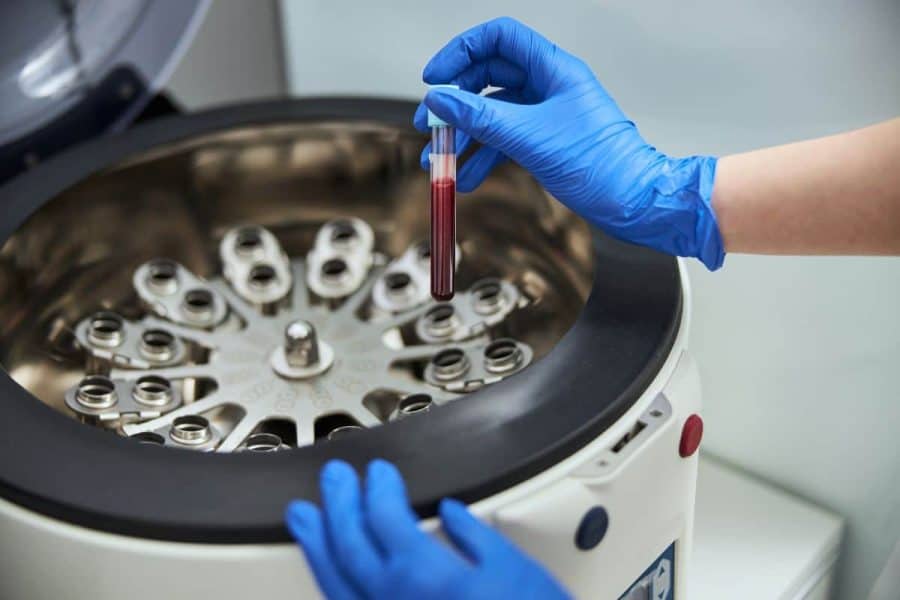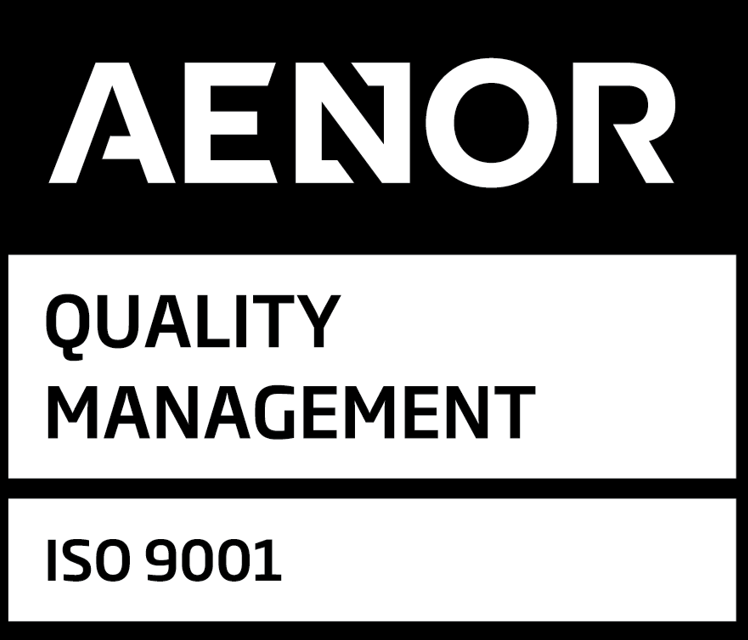To promote a consistent and transparent approach to EU MDR (2017/745) technical documentation submissions, Team-NB, the European Association of Notified Bodies, has published a new position paper outlining best practices for manufacturers and notified bodies.
This paper was developed collaboratively by Team-NB members to clarify expectations and reduce the most frequent causes of delay during conformity assessments.
Purpose and Scope
The position paper aligns with the requirements set out in Annex II and Annex III of the Medical Device Regulation (EU) 2017/745, which define the content and structure of technical documentation (TD) and post-market surveillance (PMS) documentation.
Its goal is to ensure that manufacturers provide sufficient, well-organized, and traceable information for notified bodies (NBs) to perform conformity assessments efficiently and without unnecessary delays.
Common Challenges Identified by Notified Bodies
Team-NB members noted two recurring issues that slow down or block the technical documentation review process:
- Incomplete or insufficient information – key evidence or justifications for conformity with MDR requirements are often missing.
- Disorganized or difficult-to-find information – documentation may contain all required elements, but scattered or inconsistent formatting makes evaluation inefficient.
These issues can result in requests for additional information, prolonged reviews, or even delays in certification.
Practical Recommendations from Team-NB
To improve the efficiency and consistency of submissions, Team-NB recommends that manufacturers:
- Clarify language requirements early. Contact your NB in advance to confirm acceptable languages for documentation and labeling (MDR Article 52).
- Ensure alignment between applications and TD content. Data in the application forms must match information in the technical documentation.
- Submit complete and current reports. Only finalized, unabridged test and verification reports should be included; partial or draft versions are not acceptable.
- Demonstrate conformity with each relevant GSPR. Include clear explanations showing how each General Safety and Performance Requirement (Annex I) is met.
- Maintain consistency across repeated sections. Where information appears in multiple places (e.g., device descriptions or labeling), confirm that all versions match to prevent contradictions.
- Provide justification for missing data. When evidence is unavailable, include a valid scientific or technical rationale instead of leaving sections blank.
- Reference prior NB assessments when relevant. If MDR requirements and supporting evidence are unchanged from previous directive assessments, note this explicitly to help streamline review.
Transitioning from MDD/AIMDD to MDR
Under MDR Article 52, manufacturers must submit an initial certification application to a Notified Body for devices requiring NB involvement.
While NBs may reference certain legacy assessments performed under the previous directives when appropriate, manufacturers remain responsible for providing comprehensive technical documentation that meets Annex II and Annex III in full.
Clearly identifying which evidence has changed (and which has not) can accelerate transition reviews and reduce duplication.
Key Takeaway
The Team-NB position paper reinforces that technical documentation is not only a compliance requirement but a communication tool between manufacturers and notified bodies.
Well-structured, complete, and consistent documentation supports both the manufacturer’s MDR certification timeline and the NB’s ability to demonstrate due diligence in its conformity assessment.
Manufacturers who implement these best practices will benefit from a more predictable and efficient review process, fewer delays, and greater regulatory confidence in their submission quality.
How MDx CRO Can Help
MDx CRO helps device manufacturers prepare MDR-compliant technical documentation and align it with Notified Body expectations.
Our team supports you in developing and reviewing Annex II/III files, GSPR checklists, PMS and PMCF documentation, and SSCPs—all formatted to match best practices recommended by Team-NB.
Learn more about our Regulatory Affairs Services and Clinical Research Support, or contact us to streamline your next NB submission.







